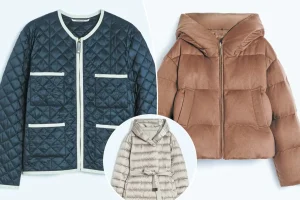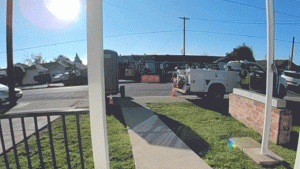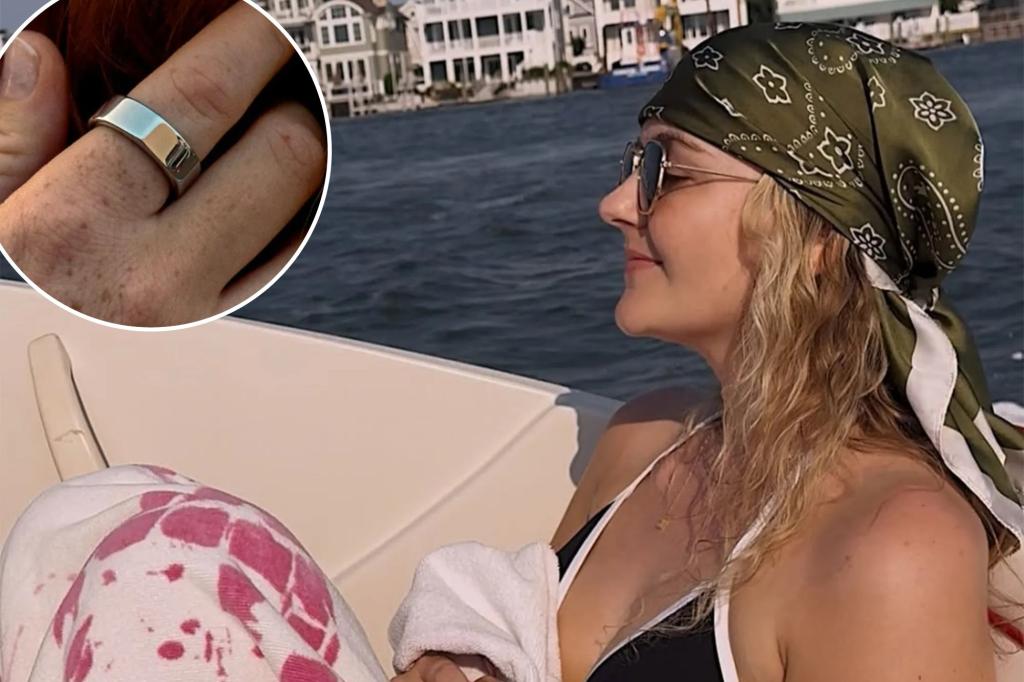How Wearable Health Technology Saved Lives: The Power of Digital Health Monitoring
In the era of digital health innovation, wearable devices have transcended beyond mere fitness tracking to become potential lifesavers. The remarkable stories of Casey Cattie and Nikki Gooding illustrate how modern wearable health technology, specifically the Oura ring, can detect serious health conditions before traditional medical examinations. These personal experiences highlight the evolving relationship between consumer technology and healthcare, where data-driven insights can provide early warnings about potentially life-threatening conditions. Their journeys demonstrate both the promise of wearable health monitoring and the importance of trusting one’s intuition when technology signals that something might be wrong.
Casey Cattie, a 30-year-old musician, began experiencing troubling symptoms that her Oura ring identified as “major signs of illness.” The device, which tracks various physiological metrics while worn, detected abnormal patterns in her body, particularly when she would wake up drenched in sweat despite sleeping under a fan. The persistent notifications from her Oura app prompted Cattie to seek medical attention, even though the initial doctor visits yielded no concrete diagnosis. Despite consulting multiple specialists, including a primary care provider, a gastroenterologist, and even a hematologist-oncologist, all tests appeared normal except for iron deficiency. Standard bloodwork failed to reveal the serious condition developing within her body, creating a frustrating situation where technology seemed to recognize a problem that medical professionals couldn’t yet identify. Throughout this period, Cattie’s symptoms progressively worsened, suggesting that the Oura ring’s early detection capabilities were accurately identifying physiological changes that standard medical tests weren’t capturing.
The turning point in Cattie’s health journey came during what should have been a joyful occasion – her 30th birthday celebration in Iceland. During the trip, her condition deteriorated dramatically, making even short walks to nearby restaurants extraordinarily difficult as she needed to stop multiple times to catch her breath. This alarming development finally prompted an emergency room visit in Iceland, where doctors discovered over a gallon of fluid in her lungs and enlarged lymph nodes, immediately raising concerns about cancer. Upon returning to the United States, further testing including a PET scan and lymph node biopsy confirmed the devastating diagnosis: Stage 4 Hodgkin lymphoma. The condition that her Oura ring had been detecting through various physiological changes for months finally had a name, validating both the technology’s capability for early detection and Cattie’s persistence in seeking answers. This diagnosis began her journey through twelve rounds of chemotherapy, of which she has completed more than half with remarkable resilience and optimism.
Despite the grueling treatment regimen and the shock of a cancer diagnosis, Cattie maintains an inspiringly positive perspective on her experience. In a touching Facebook post, she expressed gratitude for knowing there would be “another side of this diagnosis,” describing how life now feels “more colorful,” “lighter,” and how “the sun is brighter.” This profound appreciation for life represents the psychological transformation that often accompanies serious health challenges, where the prospect of recovery brings heightened awareness of life’s beauty and value. Cattie’s ability to find silver linings in her difficult circumstances speaks to the human capacity for resilience even when facing life-threatening conditions. Her story also underscores the potential psychological benefit of early detection – while the diagnosis was devastating, having an explanation for her symptoms and a treatment path forward provided a sense of control and hope that might have been delayed without the persistent warnings from her wearable device.
Remarkably, Cattie’s experience is not an isolated case. Nikki Gooding, a Virginia-based family aesthetics nurse practitioner, shares a strikingly similar story of how her Oura ring detected serious health abnormalities. Like Cattie, Gooding experienced night sweats that triggered alerts from her device, eventually leading to the discovery of a mass that presented as a “textbook presentation of lymphoma.” Her medical background adds another dimension to this narrative, as even healthcare professionals can benefit from the continuous monitoring that wearable technology provides. Gooding acknowledged that while she would likely have “figured it out eventually,” having the data “laid out in front of me definitely made me take it more seriously.” This observation highlights how wearable health technology can accelerate the diagnostic process by providing objective data that validates subjective symptoms, potentially leading to earlier intervention and improved outcomes for serious conditions.
These powerful stories illustrate the emerging paradigm shift in healthcare where consumer technology increasingly complements traditional medical care. Wearable devices like the Oura ring offer continuous health monitoring that doctors simply cannot provide through periodic appointments, potentially detecting subtle physiological changes that might indicate serious health issues before they become clinically apparent. However, these cases also reveal existing gaps in the healthcare system where patients with technology-supported concerns may still face challenges in convincing medical professionals to investigate further when standard tests appear normal. As wearable health technology continues to evolve and generate more clinical validation, the integration between consumer health devices and medical practice will likely strengthen, potentially saving more lives through earlier detection of serious conditions. For individuals like Cattie and Gooding, their wearable devices didn’t just track their health – they potentially altered the course of their cancer journeys by prompting persistent medical investigation that eventually led to life-saving diagnoses and treatments.















